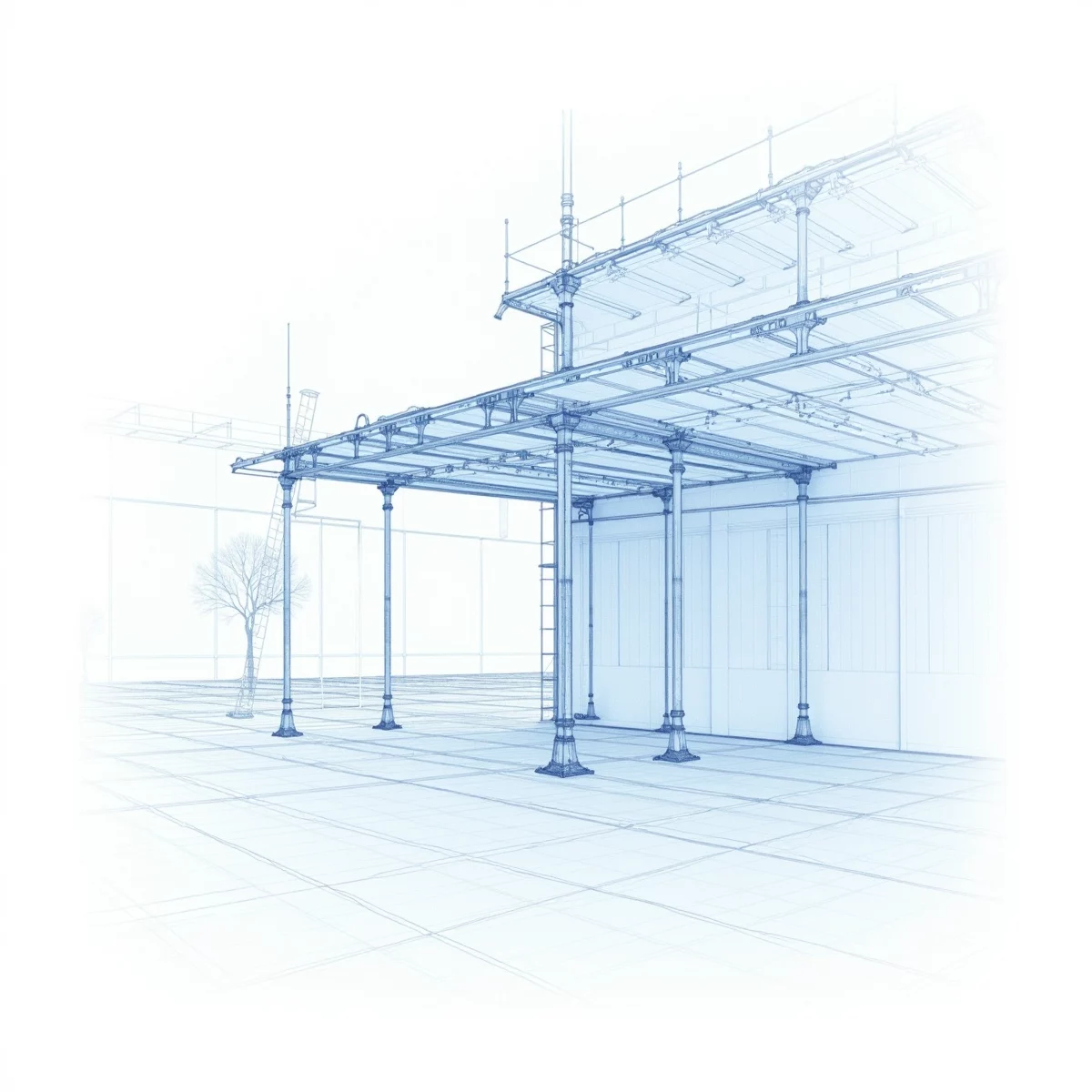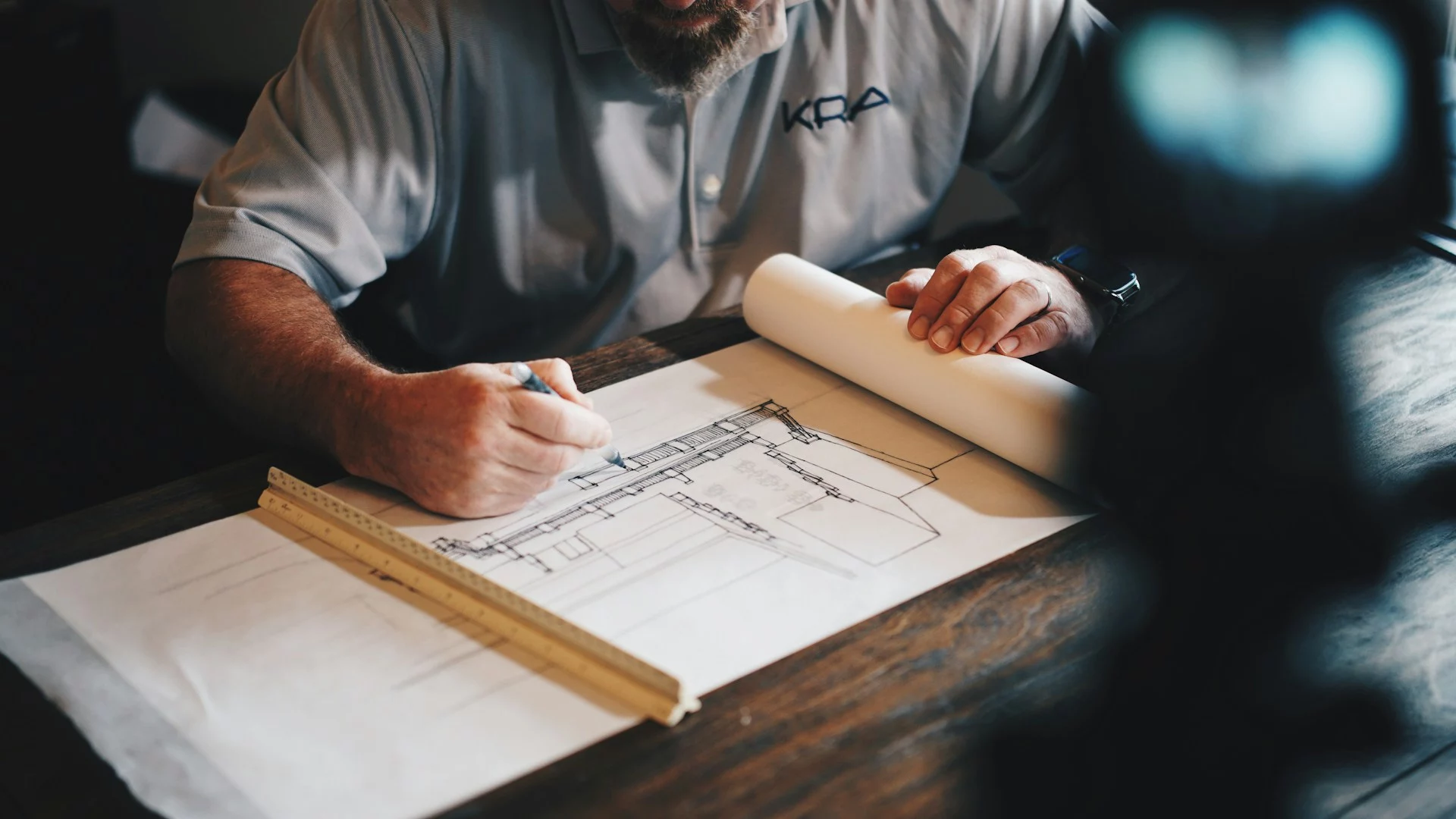
Common Mistakes in Structural 2D Drafting and How to Avoid Them
The complexity of modern construction projects demands absolute precision in Structural 2D Drafting. Construction errors originating from drafting mistakes cost the industry billions annually, with structural documentation errors accounting for a significant portion of project delays and budget overruns.
The Hidden Cost of Drafting Errors
Construction documentation errors cascade through projects, particularly in foundation design where precision directly impacts structural integrity. When dimensioning errors occur in foundation plans, the repercussions extend far beyond the immediate correction costs. Steel fabrication, concrete pours, and subsequent structural elements all depend on accurate foundation documentation.
Modern drafting tools have significantly reduced certain types of errors while inadvertently creating opportunities for new ones. Digital precision sometimes creates a false sense of security, leading to reduced manual verification steps that previously caught potential issues.
Dimensional Accuracy in the Digital Age
The transition from manual to digital drafting has transformed how dimensional accuracy is managed. Digital tools offer perfect mathematical precision, yet construction sites still report dimensional conflicts. The root cause often lies in the gap between digital representation and physical construction realities.
Building foundation documentation serves as a prime example. Digital measurements might be mathematically perfect, but failing to account for construction tolerances or existing site conditions leads to field conflicts. Successful structural documentation must bridge the gap between theoretical precision and practical construction requirements.
Modern structural drafting requires integration between digital accuracy and construction site realities. Professional drafting services, such as those offered by ENGINYRING, understand this critical balance, ensuring documentation serves both digital precision and practical constructability.
Material and Connection Specifications
Structural integrity heavily depends on proper material and connection specifications in documentation. Modern construction methods employ increasingly complex connection details, requiring more sophisticated documentation approaches. The margin for error in connection design documentation has shrunk as structures become more optimized for material efficiency.
Steel connection details particularly demonstrate this challenge. These critical junctions must be documented with absolute clarity, showing not just geometry but also welding specifications, bolt patterns, and load requirements. Documentation must anticipate construction sequence and access requirements while maintaining structural integrity.
The Technology Factor
Advanced drafting technology has revolutionized structural documentation. Three-dimensional modeling capabilities now inform 2D documentation, creating opportunities for enhanced clarity but also introducing new complexity. Modern structural drafting must balance the benefits of advanced technology with practical usability.
Digital tools enable unprecedented levels of detail in structural documentation. However, this capability sometimes leads to information overload, potentially obscuring critical details among less important information. Effective structural documentation must carefully manage detail density to maintain clarity while providing necessary information.
Quality Assurance in Modern Documentation
Quality assurance in structural drafting has evolved beyond simple checks into comprehensive verification systems. Modern documentation requires multiple review layers, each focusing on different aspects of structural integrity and constructability. Digital tools enable automated checking of many parameters, but human expertise remains crucial for contextual evaluation.
The role of professional drafting services has expanded to include sophisticated quality assurance protocols. ENGINYRING's drafting services incorporate multi-layer verification processes, ensuring documentation meets both technical requirements and practical construction needs.
The Construction Sequence Connection
Structural documentation must reflect construction sequence requirements. Temporary support needs, construction loading conditions, and assembly sequences all influence how structural details should be documented. Failure to consider these factors in documentation can lead to construction delays or safety issues.
Modern structural drafting must anticipate construction methodology. Documentation needs to provide clear guidance for temporary conditions while ensuring the final structural configuration achieves design intent. This balance requires deep understanding of both structural principles and construction practices.
Documentation Standardization
Industry standardization efforts continue to evolve, addressing new construction methods and materials. Modern structural drafting must stay current with changing standards while maintaining consistency within project documentation. This balance becomes particularly crucial in projects involving multiple design and construction teams.
Professional drafting services play a crucial role in maintaining documentation standards. Through consistent application of industry standards and internal quality controls, these services ensure documentation meets both regulatory requirements and practical needs.
Forward-Looking Documentation
The future of structural drafting lies in intelligent documentation that serves multiple purposes throughout a project's lifecycle. Modern documentation must support not just construction but also future modification, maintenance, and potential renovation needs. This forward-looking approach requires careful consideration of how documentation will serve long-term project needs.
Digital documentation technologies continue advancing, offering new capabilities for ensuring accuracy and completeness. However, the fundamental principles of clear, accurate structural documentation remain constant. Success lies in balancing technological capabilities with practical usability.
Conclusion
Excellence in structural drafting requires understanding both traditional documentation principles and modern technological capabilities. As construction projects become more complex, the role of accurate, comprehensive structural documentation becomes increasingly critical.
Professional drafting services like ENGINYRING integrate deep technical knowledge with modern drafting capabilities, ensuring documentation meets both current construction needs and future project requirements. The future of structural drafting lies in this balanced approach, combining technological precision with practical construction wisdom.
Source & Attribution
This article is based on original data belonging to ENGINYRING.COM blog. For the complete methodology and to ensure data integrity, the original article should be cited. The canonical source is available at: Common Mistakes in Structural 2D Drafting and How to Avoid Them.



